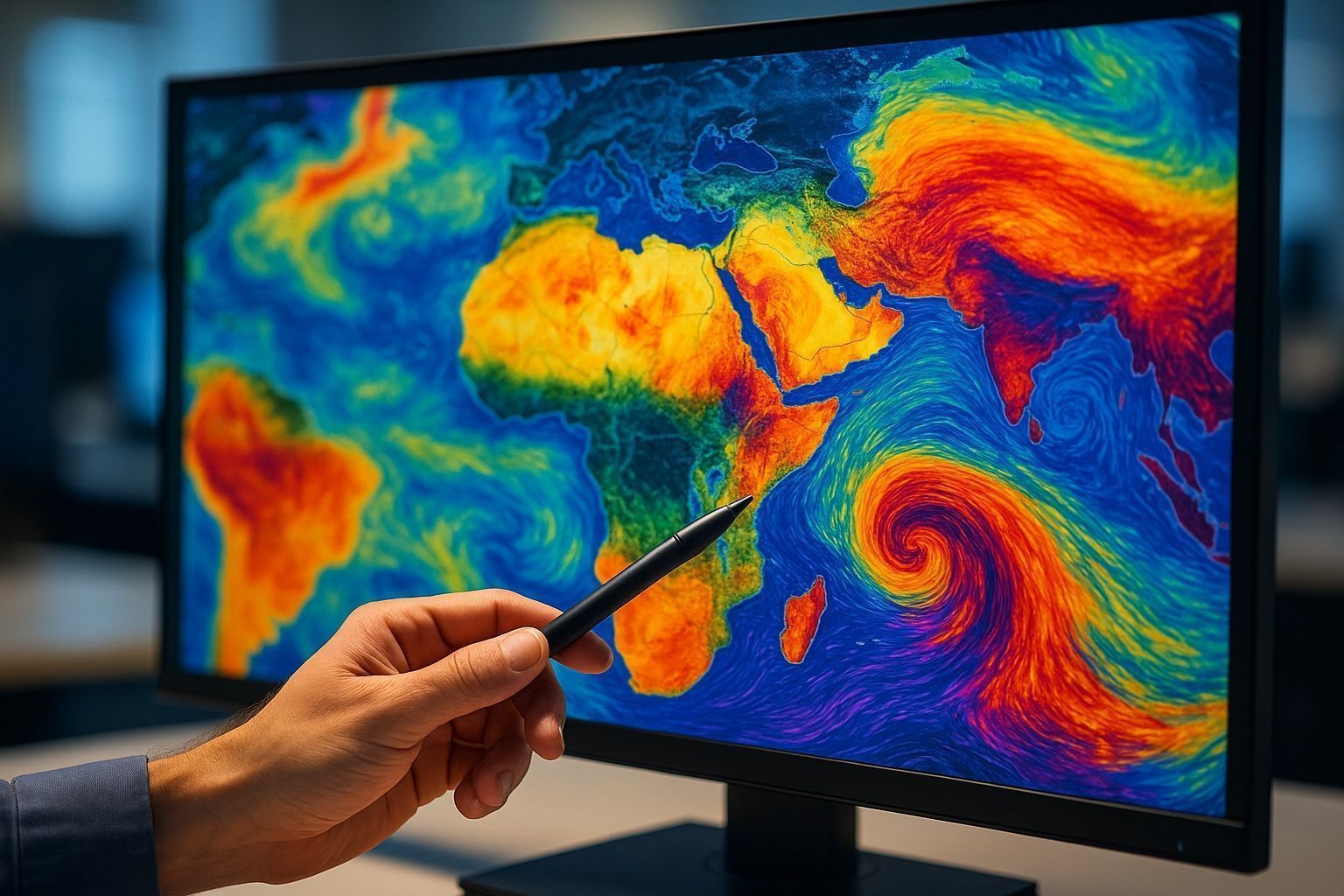
Space Race Heats Up: Starlink Milestone, Venus Flyby & Solar Storms Mark a Stellar Weekend
Key Facts Satellite Launch Highlights Starlink Launch Surge: SpaceX punctuated the end of August with a sunrise Falcon 9 launch on Aug. 31, carrying 28 Starlink V2 Mini satellites to low Earth orbit spaceflightnow.com. Liftoff occurred at 7:49 a.m. EDT from Cape Canaveral’s

